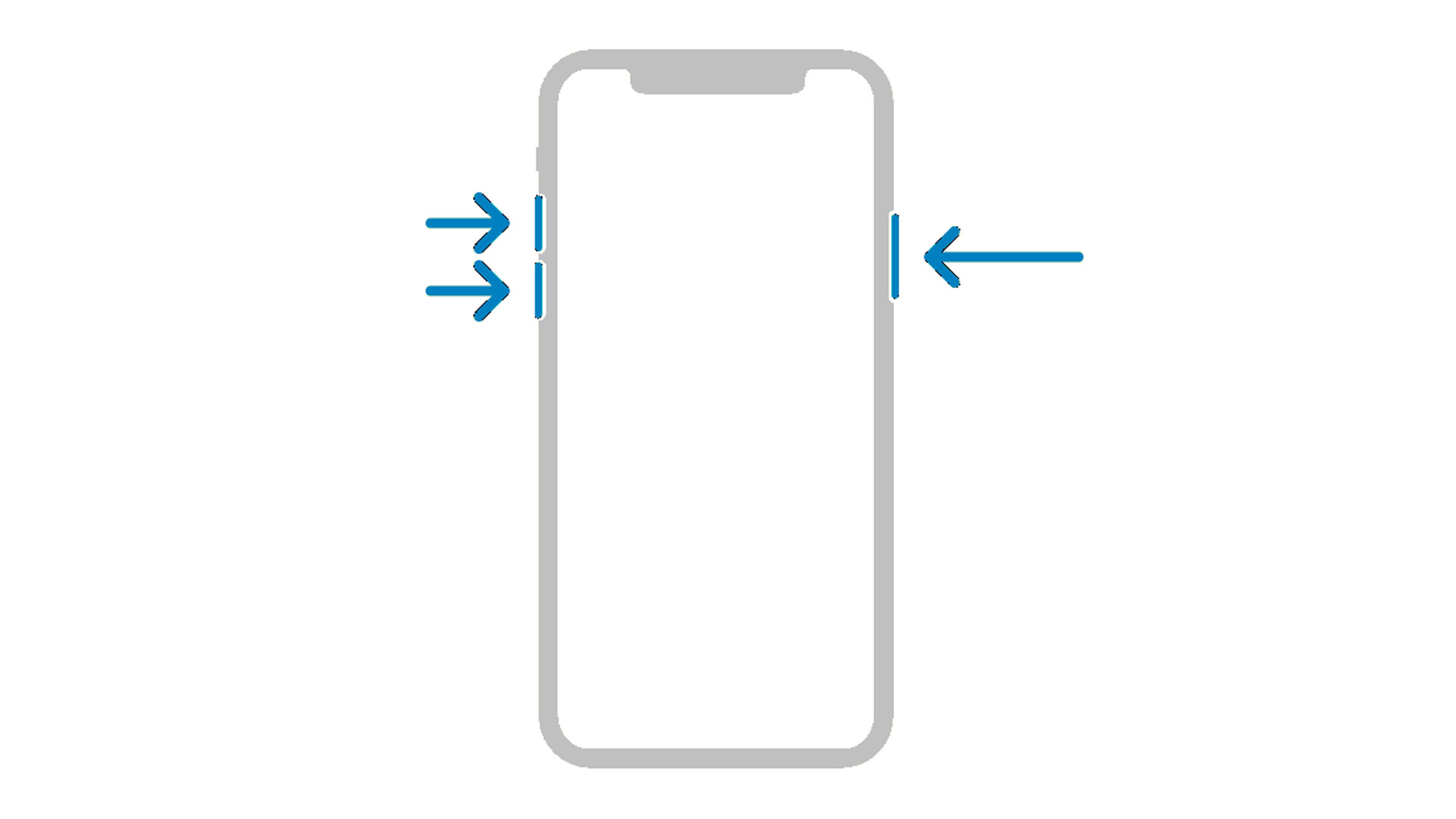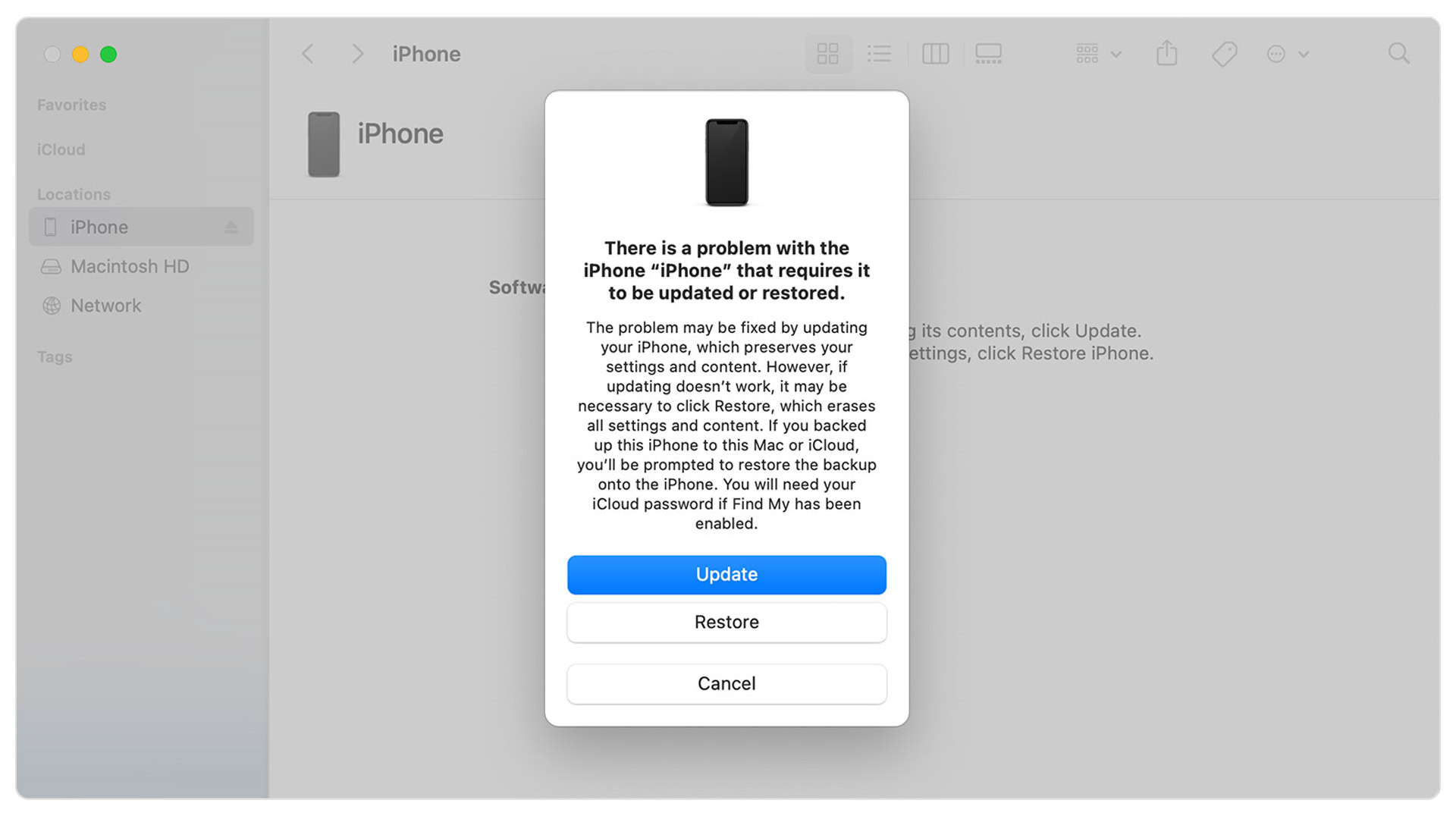Affiliate links on Android Authority may earn us a commission. Learn more.
How to put your iPhone in recovery mode
Published onFebruary 8, 2023
In some cases, if your iPhone is in dire straits, one of your final fallback options may be the device’s recovery mode. Learn what it is, how to trigger it, and what to do when presented with the option to update or restore.
QUICK ANSWER
Most recent iPhones can be put into recovery mode by connecting them to a computer, tapping the volume-up button, the volume-down button, and then holding the side button until the recovery screen appears. You'll need iTunes if you're a Windows user.
JUMP TO KEY SECTIONS
What is recovery mode on an iPhone?
Effectively, recovery mode reverts your iPhone to a state where it can be set up again. Your local data isn’t necessarily wiped, but you’ll have to connect to your Mac or Windows PC to salvage it without turning to a local or iCloud restore, which can take much longer — assuming you even have backups to use.
Recovery mode is sometimes triggered automatically, but you may need to engage it yourself if your computer doesn’t recognize your iPhone, or your iPhone is stuck on the Apple logo for many minutes without a progress bar.
How to put your iPhone in recovery mode

Before you begin, make sure your computer is fully up-to-date. If it’s a Windows machine, make sure you’ve upgraded to the latest version of iTunes. Once that’s done:
- If you’re on a Mac, open Finder. If you’re on a Windows PC, open iTunes.
- Connect your iPhone to your computer via a Lightning-to-USB cable.
- If you’re using an iPhone 8 or later, tap the volume-up button, then the volume-down button. Lastly, hold the side button until the recovery screen appears.
- On an iPhone 7 or 7 Plus, press and hold the side and volume-down buttons simultaneously until the recovery screen shows.
- On an iPhone 6s or earlier, press and hold the home and side (or top) buttons simultaneously until you see the recovery screen.
- In Finder or iTunes, select your device. You should be given the option to Update or Restore. If you try Update and it doesn’t work, repeat the steps above.
- Follow Apple’s standard setup process.
iPhone recovery: Update vs Restore

Update is almost always the preferable option, since if it works, you’ll get to keep the settings and data on your iPhone. This downloads and reinstalls the latest version of iOS, so you’ll have to be a little patient.
Restore wipes all settings and data, so this should normally only be used if Update fails. The good news is that if you have a backup on your computer or in iCloud, you can still recover data and settings — it’s just going to take a while, and you may lose data created since your last backup.